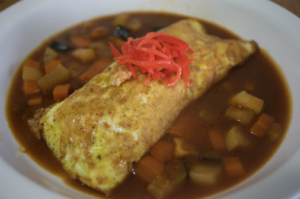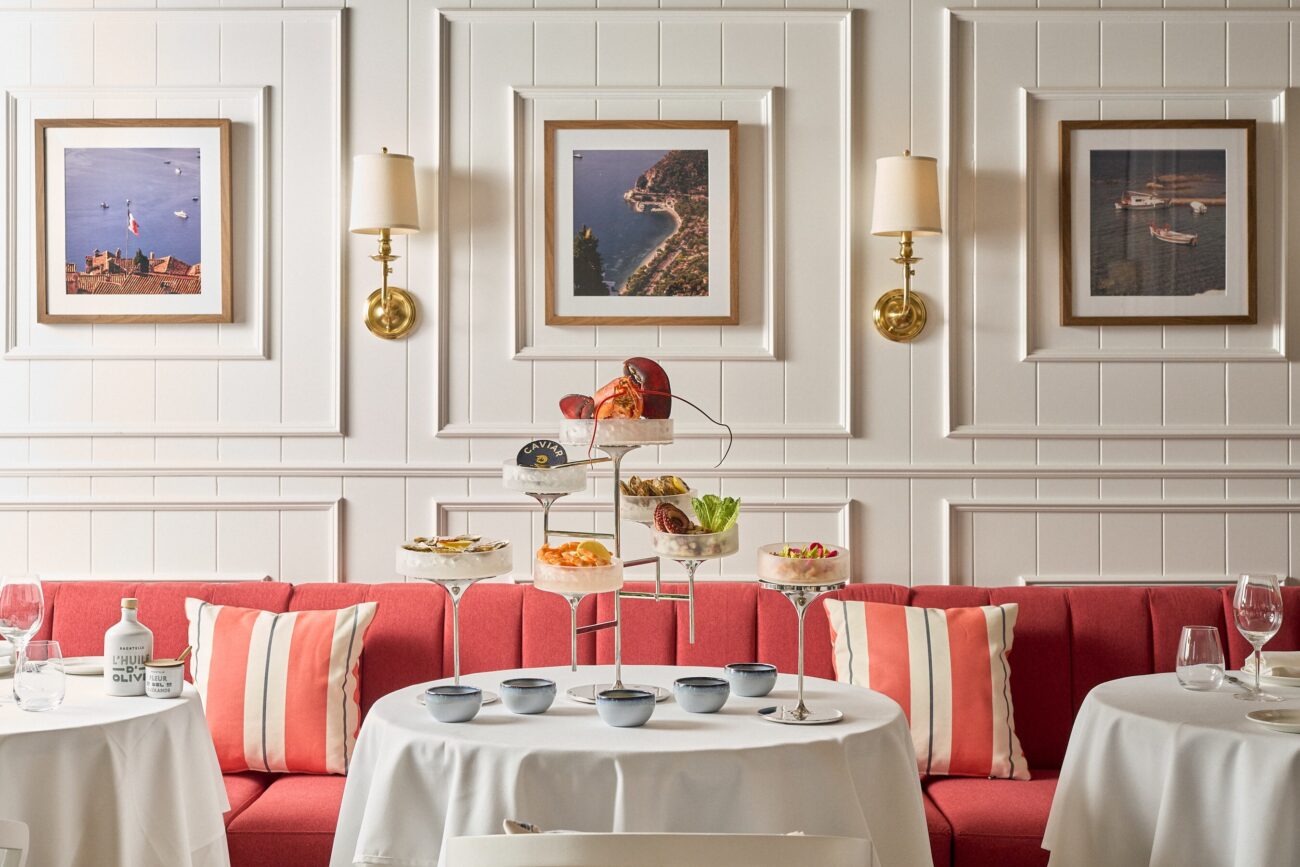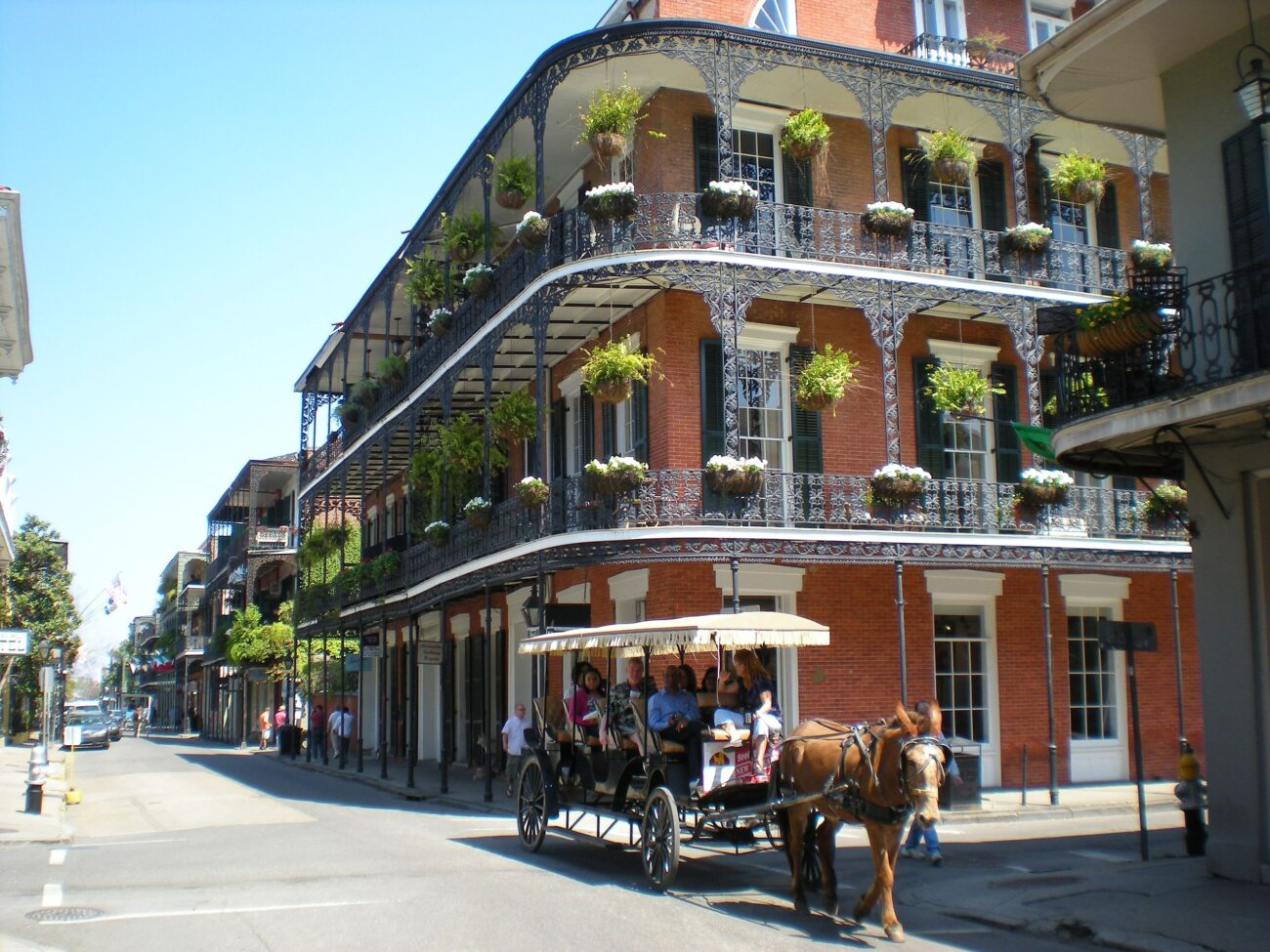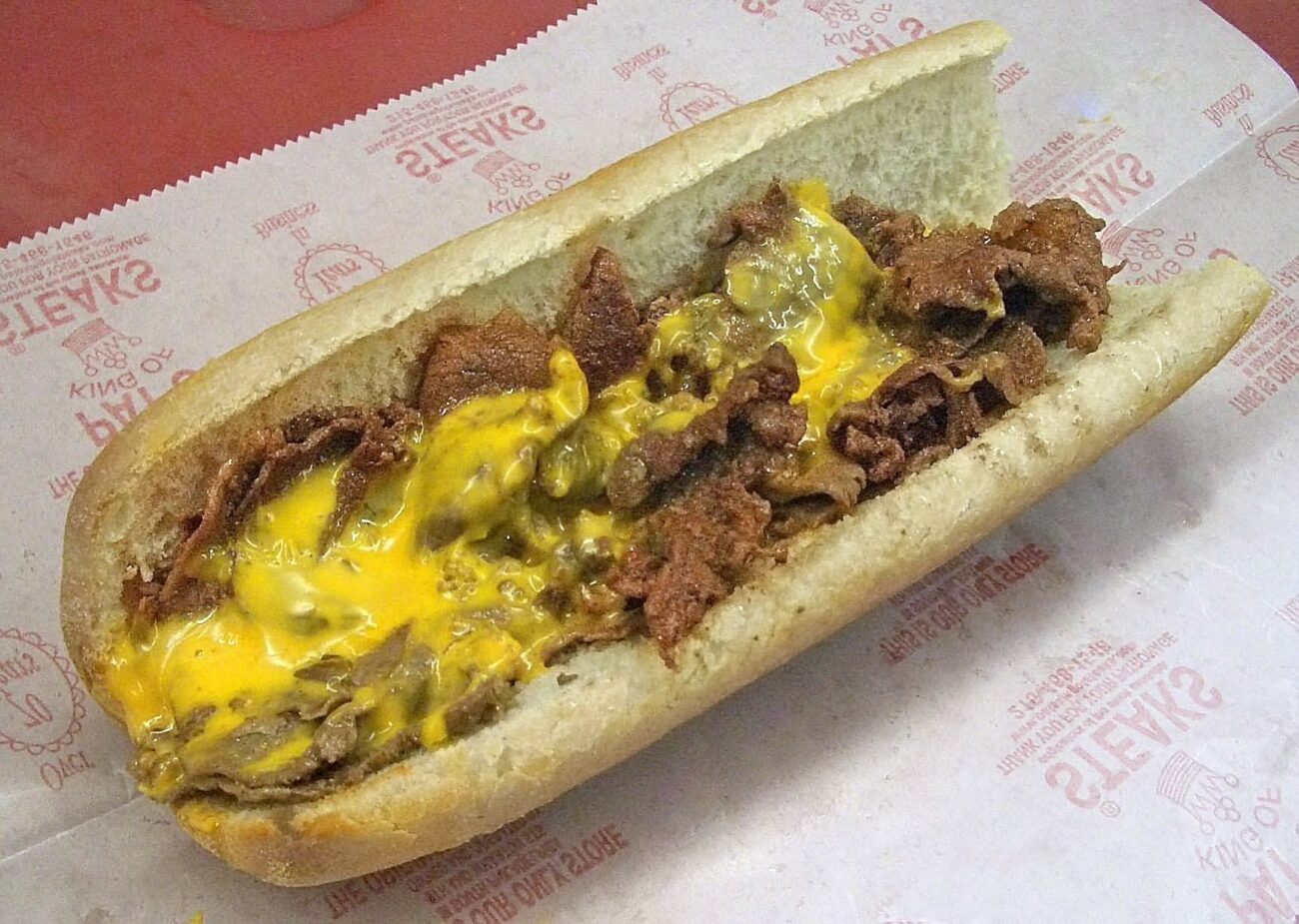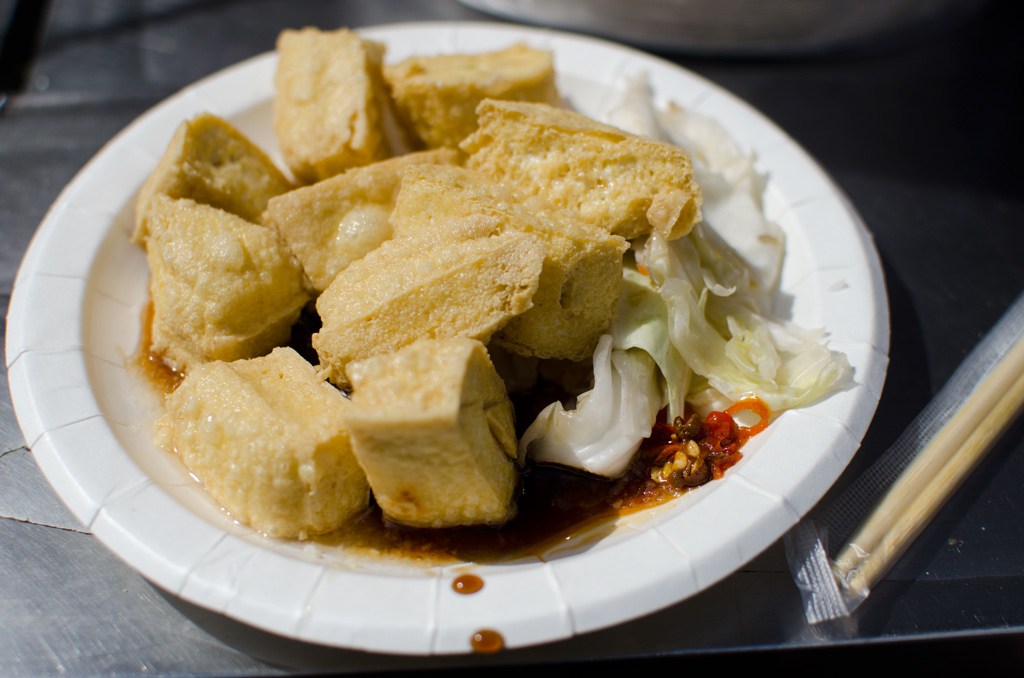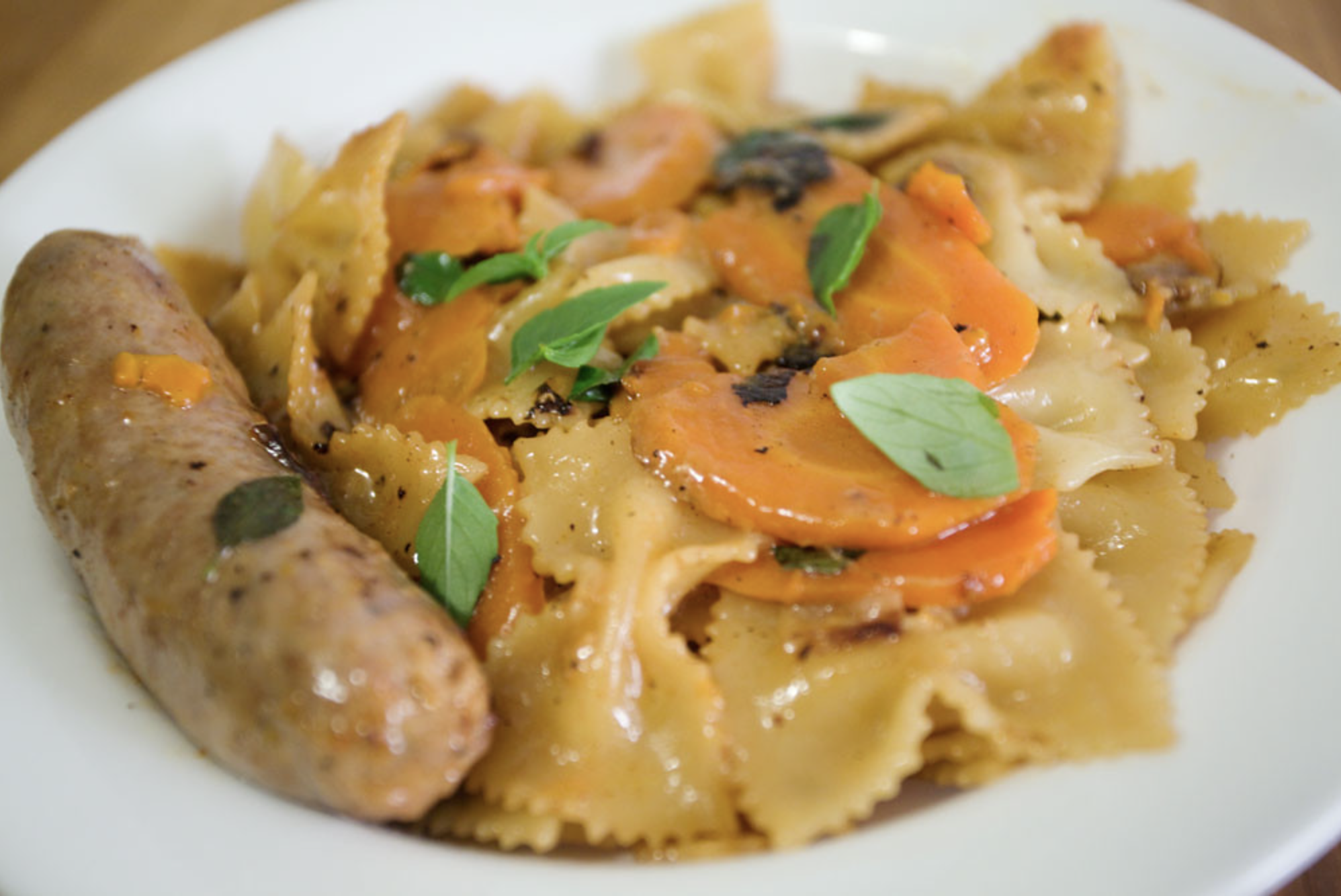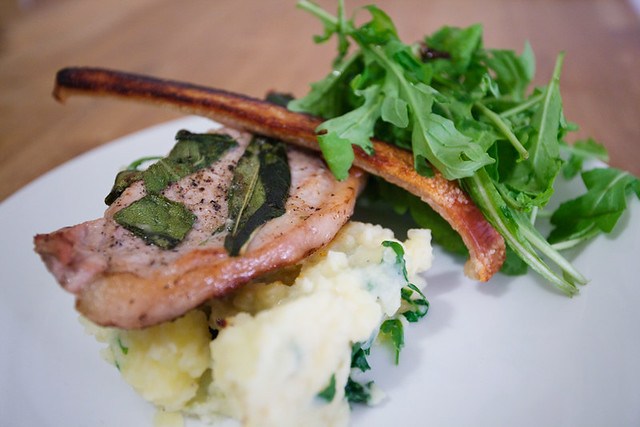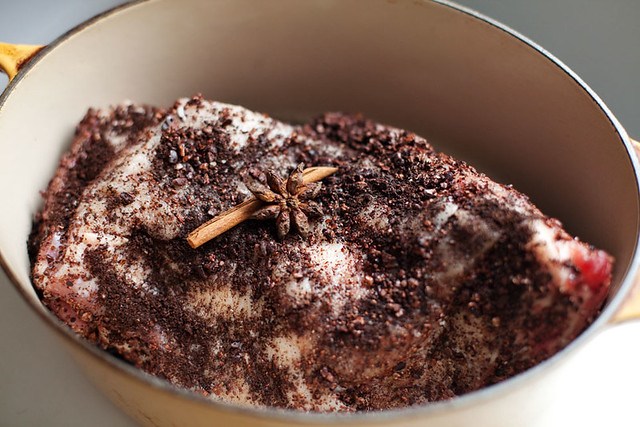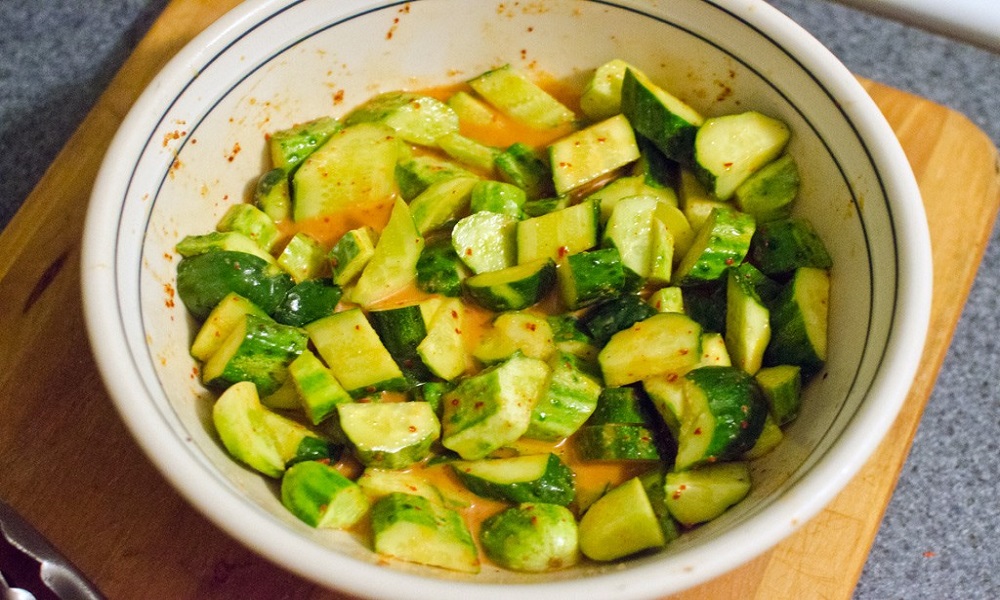Busy morning commuters grab a quick breakfast at the corner food stalls. Sound familiar? Remove the smartphones and add togas—this scene played out daily across ancient Rome two millennia ago. Ironically, while tourists with smartphones now crowd these ancient sites seeking the perfect shot, they’re standing where Romans once grabbed meals with the same urban urgency that defines modern city life.
While modern cities celebrate food truck innovation and fast-casual dining as revolutionary concepts, archaeologists continue uncovering evidence that Romans perfected grab-and-go culture long before drive-throughs existed. Recent archaeological evidence for Roman fast-food demonstrates how these ancient urban hubs functioned much like today’s street food markets, connecting people across centuries.
Ancient Innovators of Modern Dining
Crowded apartment buildings called insulae stretched skyward throughout Roman cities, housing residents without private kitchens. Where cooking fires posed deadly risks in wooden structures, entrepreneurs recognized opportunity. Thermopolia emerged on every corner—stone counters embedded with large terracotta jars keeping stews, grilled meats, and spiced wine perpetually warm. The density of Roman insulae and urban living created a need for accessible dining options outside the home, fostering the growth of these essential features of daily life in ancient cities.
Archaeological excavations across Pompeii, Herculaneum, and Ostia Antica reveal a sophisticated fast-food network rivaling today’s urban dining scenes.
Essential offerings at Roman fast-food joints:
- Grilled sausages and fish with garum (fermented fish sauce)
- Chickpea and lentil stews served steaming hot
- Fresh bread, cheese, and seasonal vegetables
- Spiced wine mixed with water for safer drinking
- Various meats and preserved foods depending on local availability
Democracy Through Dining
Beyond mere sustenance, Roman fast-food culture evolved into vibrant social institutions eerily similar to today’s communal dining spaces. Unlike isolated home dining, thermopolia buzzed with conversation, business deals, and political gossip. Much like how France’s bistro culture extends far beyond Paris wine bars to encompass neighborhood gathering spots across every French town, Roman thermopolia created inclusive social spaces that transcended their simple food service function.
Customers from different social classes mingled over shared meals, creating unexpected culinary democracy—much like modern food halls where tech executives sit beside construction workers. The social dynamics of Roman dining highlight the importance of shared meals in fostering community and breaking down social barriers, as illustrated in exhibitions from the British Museum.
Cultural Crossroads That Echo Today
Local ingredients shaped menus, yet certain staples remained universal: bread, olive oil, wine, and garum appeared from Britain to Egypt. For readers seeking more background on garum in Roman cuisine, garum in Roman cuisine provides a comprehensive introduction to its production and use. Modern food chains follow identical patterns, adapting core offerings to local tastes while maintaining brand consistency.




